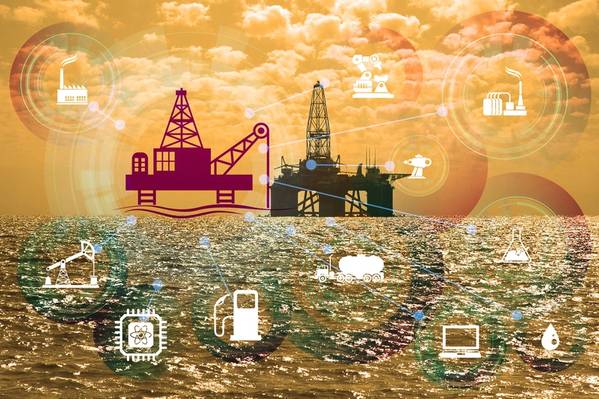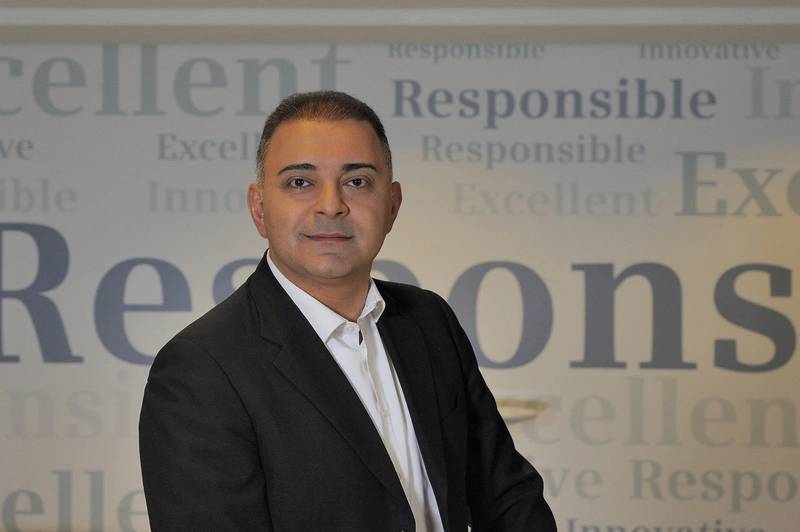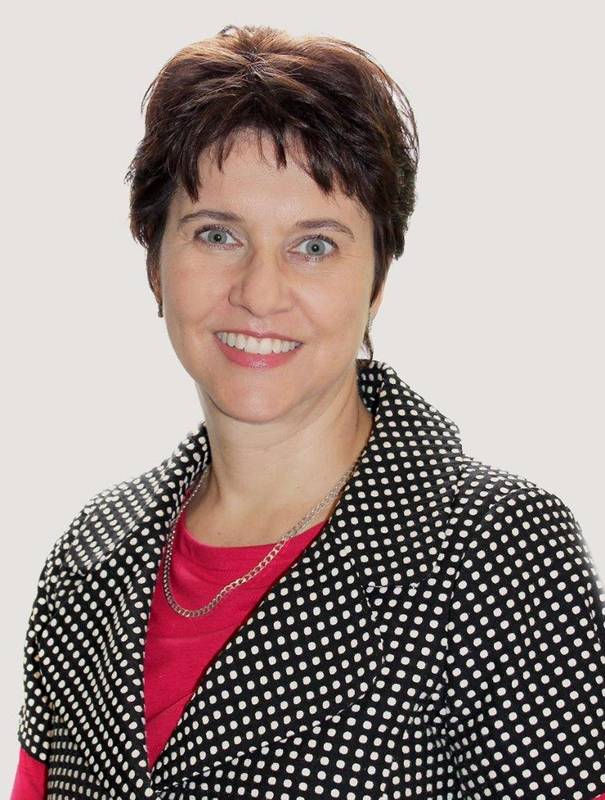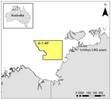
With an annual R&D budget in excess of a billion Euros, Siemens Energy is well-positioned to drive substantial digital evolution in the offshore energy space. From unmanned offshore rigs to optimized maintenance to decarbonization, digitalization sits at the center. Arja Talakar, SVP, Siemens Energy Industrial Applications Products and Elgonda La Grange, Strategy Manager, Digital Solutions Siemens Energy Industrial Applications discuss the possibilities.
Arja Talakar, SVP, Siemens Energy Industrial Applications Products
TalakarSiemens Energy became a publicly listed company in September 2020. Shortly after, we became a member of the DAX [German stock index], as we are a company with 90,000 employees, active in 90 countries with revenue more than $30 billion. Annually we spend close to a billion Euros in research and development (R&D), and we have more than 5,200 R&D team members working on the topic of ‘technology’.
In terms of business, we cover the power generation, power transmission and the industrial application, which is basically the upstream, midstream and downstream. And of course, based on our majority shareholding in [separately listed] Siemens Gamesa Renewable, we have a strong stake in the wind power business. In short, we cover the entire value chain of energy transition.
 "Right now our industry is walking along the third wave of the IT driven transformation, the revolution based on smart products and IoT, and we are harvesting the potential for our industry. But what is very important, is the topic of connectivity and cybersecurity, which really needs to be addressed. We need to make it become part of our DNA, the same way we have done the topic of HSE, the Health, Safety and Environment, to be part of our DNA."
"Right now our industry is walking along the third wave of the IT driven transformation, the revolution based on smart products and IoT, and we are harvesting the potential for our industry. But what is very important, is the topic of connectivity and cybersecurity, which really needs to be addressed. We need to make it become part of our DNA, the same way we have done the topic of HSE, the Health, Safety and Environment, to be part of our DNA."
Arja Talakar, SVP, Siemens Energy Industrial Applications Products
Image courtesy Siemens Energy
Arja
Strategic acquisition is part of the Siemens DNA. In the last few years we acquired the Dresser-Rand business, which expanded our compressor solutions for industrial applications, especially in the Americas and Asia-Pacific. With the acquisitions of the Rolls-Royce Energy aeroderivative business we see tremendous potential, especially in the areas of industrial application, particularly in the offshore business.
Elgonda La Grange
Siemens Energy has a strong vision to add the development of prescriptive digital twins to our existing digital portfolio.So we teamed up with AWS and Nvidia, leading technology providers in the Cloud and the AI space. [In addition] we are bringing onboard various start-ups that offer interesting new developments. In turn, Siemens Energy brings domain expertise and our existing digital portfolio to the collaboration.We are co-developing with customers along four main themes.
Elgonda
Greg, that's a difficult question. I don't think there is a concise answer, because digitalization is whatever it needs to be to deliver value, and that's different for each company, evolving over time. For Siemens Energy digitalization is a journey made up of three parallel paths.
 “For us, ‘manning modernized’ is a framework of digital solutions, of changes to package designs, and expanded automation and electrification. So, it's about having a smaller, but multi-skilled offshore crew, that can then be supported by a remote team of subject matter experts.”
“For us, ‘manning modernized’ is a framework of digital solutions, of changes to package designs, and expanded automation and electrification. So, it's about having a smaller, but multi-skilled offshore crew, that can then be supported by a remote team of subject matter experts.”
Elgonda La Grange, Strategy Manager, Digital Solutions Siemens Energy Industrial Applications
Image courtesy Siemens Energy
Arja
COVID has been a strategic inflection point, when it comes to driving the digital solution. It has actually driven an explosion of the use of digital collaboration, digital means in our industry. If I look at it on a personal level, over the past two years, our traveling time has been reduced tremendously. On the other side, we see that the focus on the work, on the customers, on the projects, on the products, have actually increased, because we are driving the collaboration together with our customers, using digital technologies.
COVID has actually accelerated the use of digital technologies in our industry. For example, in terms of factory acceptance tests, customers cannot travel to our test facilities. So we are bringing the entire experience of the factory acceptance test together digitally, in details, with the drawings, with data, with the control centers.
On the other side, when it comes to sending field service personnel to sites, because of travel restrictions sometimes this is not possible. So we are remotely commissioning the projects, and handing them over to the customers. Really, it has been quite successful, both on the customer side and also on our side. This would not have been possible without the restrictions put on us by COVID. So, in hindsight, it has had a positive impact in accelerating the usage of digital solutions in our industry.
Elgonda
Also, what has been really nice to see is that during this time, our IT teams worked together with our customers' IT teams, making this collaboration happen. In the past it would not have been so easy because of cybersecurity concerns or because of different IT policies. Now we are in a situation where we made it work, and I think that has opened doors to more collaboration going forward.
 Image courtesy Siemens Energy
Image courtesy Siemens Energy
Elgonda
COVID actually ramped up the discussion about de-manning as well, because for the first time the operators experienced first-hand how vulnerable they are to the availability of skilled resources, and today most operators are working on unmanned or low-manned operations. I know one FPSO operator that is targeting 2030 for a fully unmanned FPSO. That might be a bit optimistic, but time will tell. For us, ‘manning modernized’ is a framework of digital solutions, of changes to package designs, and expanded automation and electrification. So, it's about having a smaller, but multi-skilled offshore crew, that can then be supported by a remote team of subject matter experts. An offshore team that uses digital technology, to help them take the right decisions. And our objective for green fields, is 12 months of operation with no offshore human presence. And on brown fields, to reduce the operations and maintenance crews by about 50%.
This, obviously, is no small task, and it means touching every system on the offshore production facility. So, I just want to highlight perhaps two requirements. The first is, that you have to be able to do away with all of your routine manual maintenance tasks.In green fields, this drives very different design decisions, compared to a design-to-cost approach. But even on brown fields, it's feasible. So, we have experience of using reliability centered maintenance, to reduce these routine maintenance tasks by up to 30%, and the remaining tasks, when we dived into those, were relatively simple to replace with digital solutions and some hardware modifications and upgrades. The second requirement is to reduce your full-time maintenance personnel on site by adopting condition-based maintenance campaigns. For that you need really reliable predictive analytics, so that you don't have a failure in between your planned maintenance campaigns. These analytics take a lot of time to build, and we have built almost 4,000 unique failure models to make condition monitoring scalable.
Arja
Right now our industry is walking along the third wave of the IT driven transformation, the revolution based on smart products and IoT, and we are harvesting the potential for our industry. But what is very important, is the topic of connectivity and cybersecurity, which really needs to be addressed. We need to make it become part of our DNA, the same way we have done the topic of HSE, the Health, Safety and Environment, to be part of our DNA. And we have to jointly collaborate in order to address it, continuously. And it is not just about locking down everything, but it is about working together as a partner, such that we advance the topic of the overall cybersecurity.



